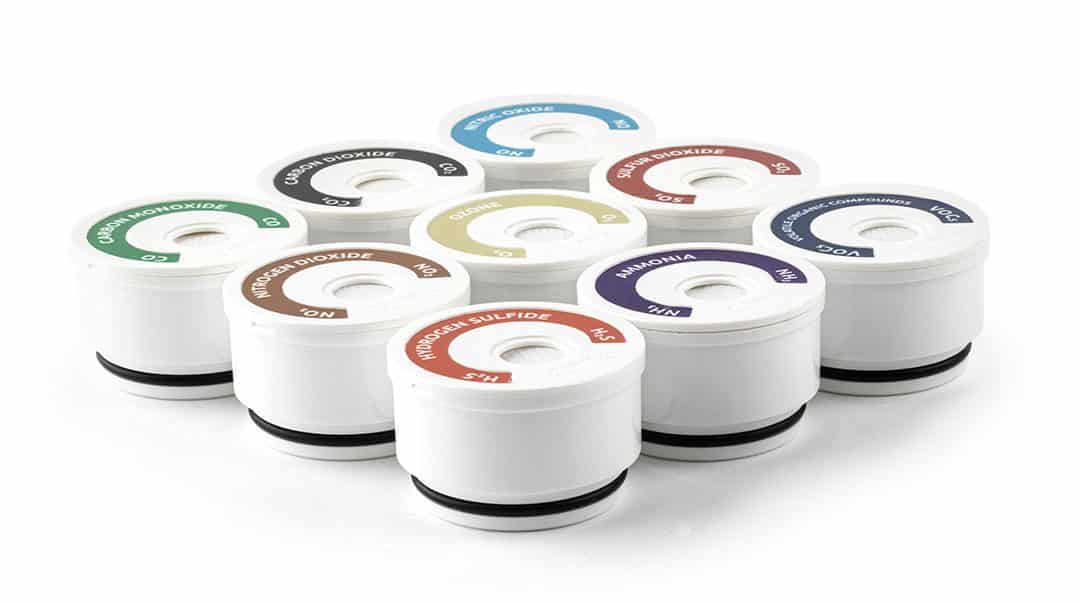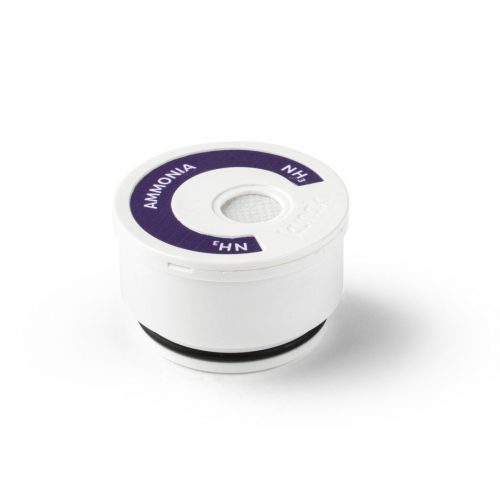
Ammonia


Where is it found?
Ammonia (NH3) is a colourless gas with a pungent odour that can be detected by humans at 0.4-1 ppm, being the exposure limit 50 ppm. NH3 is originated from both na- tural and anthropogenic sources, being the main source agriculture (fertiliser application and fabrication) and live- stock (manure management), followed by the waste and water management (slurries, composting and landfills). Other sources are household and industrial cleaners, that can affect directly to humans exposed to them.
Why is it harmful?
NH3 is a volatile gas poisonous if inhaled at high concen- trations, causing respiratory tract and eyes irritation, whi- le causing throat and skin irritation in lesser amounts. It is highly soluble in water, so it is associated with acid deposition, eutrophication, affecting to land and water ecosystems by reducing the biodiversity. Besides, it is explosive when mixed with air or oxygen at very high concentrations. NH3 also contributes to the formation of particulate aerosols in the atmosphere as a secondary particulate precursor.
NH3 cartridge
The Ammonia cartridge has a built-in electrochemical sensor capable of measuring from low to high concentrations with a typical noise below 0.1 ppm when the ambient tempe- rature is under 25ºC. The Cartridge presents cross-sensitivities with NO2, O3, Cl2 and SO2 that can be negligible in most applications. However, it also presents cross-sensitivity to H2S, which is quite relevant because they can co-exist and both measurements can be essential for the same purpose. That’s why, it is recommended to use it together with the H2S cartridge, which allows the Kunak algorithm to correct from this cross- sensitivity.
Technical specifications
Type | Electrochemical |
Unit of measurement | mg/m³, ppm |
Measurement range(1) | 0 – 50 ppm |
Resolution(2) | 0.01 ppm |
Operating temperature range(3) | -10 to 50 ºC |
Operating RH range(4) | 0 to 99 %RH |
Recommended RH range(4) | 15 to 90 %RH |
Operating life(5) | > 24 months |
Guarantee range(6) | 100 ppm |
Limit of Detection (LOD)(7) | 0.1 ppm |
Response time(9) | < 45 sec |
Typical accuracy (MAE)(10) | ± 0.3 ppm |
Typical Intra-model variability(12) | < 0.1 ppm |




